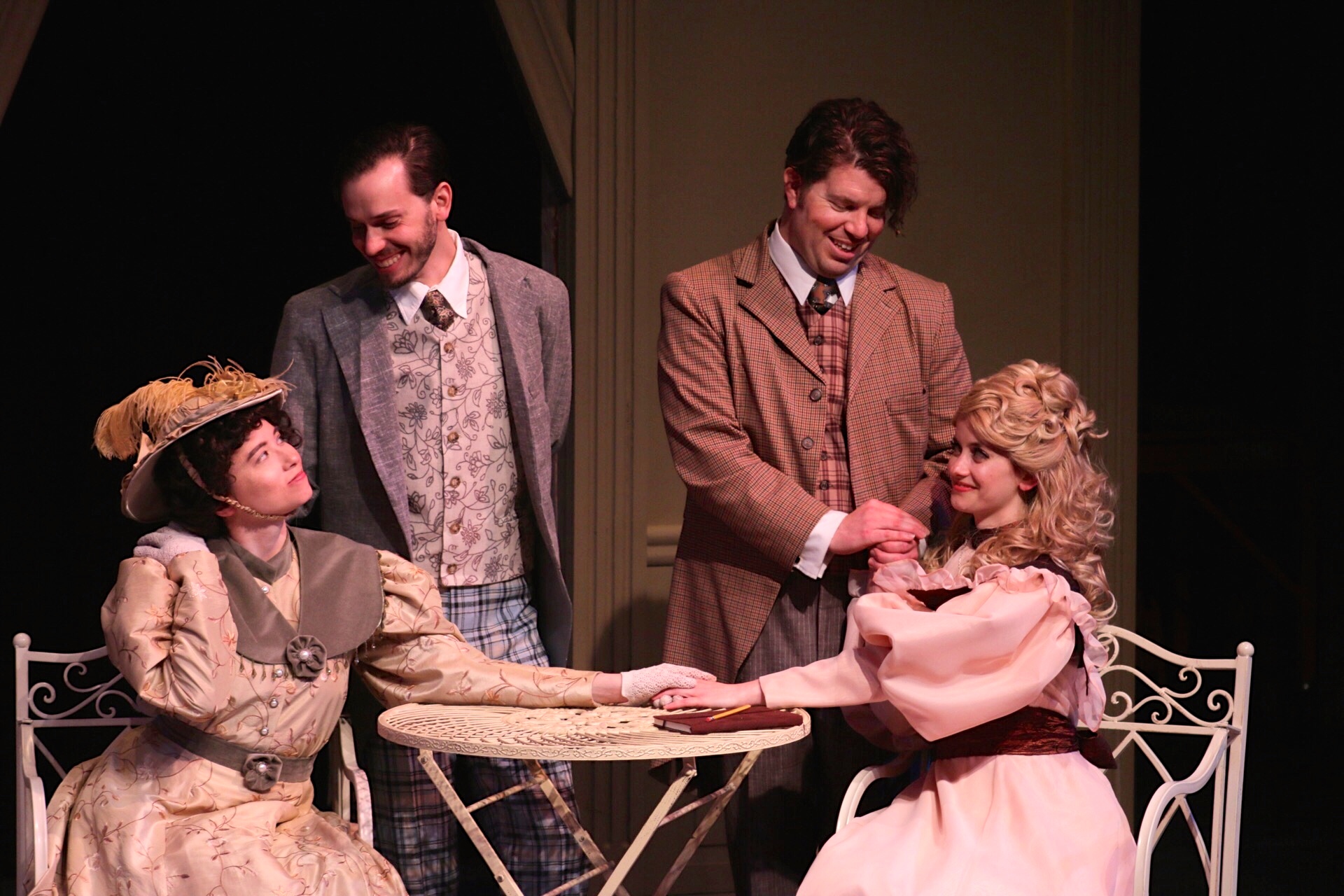By Jennifer Appleby Chu
[Note: The title character of Hedwig and the Angry Inch experiences several different gender identities in the course of their life and uses different terms and pronouns to describe themselves at each stage, depending on their gender presentation. This review will do the same.]
In 1998, as Hedwig and the Angry Inch opened off-Broadway, queerness in America was experiencing very mixed fortunes. Anti-sodomy laws were being struck down, but “Don’t Ask, Don’t Tell” was upheld in a federal appeals court. The acronym LGBT was now in use, but B and T rarely got equal recognition. Other letters weren’t even on the map yet. Even in the queer community, dialogue about gender tended to revolve about a male-female binary.
Nearly twenty-five years later, American conceptions of gender, sexual orientation, and identity have undergone a kaleidoscopic explosion. Certain terms have fallen in and out of fashion and good taste, as they do. Many previous works on the subject now feel awkwardly dated.
So how does an irreverent queer rock musical from the ‘90s about gender discovery hold up today? The answer: not perfectly, but better than you might think. And Oregon Contemporary Theatre makes a rollicking good time of it.
A brief summary for the uninitiated: In 1980s East Berlin, a young German named Hänsel falls for an American G.I., who pressures him into undergoing bottom surgery and a legal gender change so they can escape the country together as husband and wife.
Hänsel becomes Hedwig but soon finds herself abandoned by her partner, and what’s more, sporting an ambiguous sexual anatomy from her botched back-alley surgery. She continues presenting as female, however, and begins to write rock music, into which she pours all her heartache, loneliness, and struggles with identity. She rises and falls and rises again. By the time we meet her, she is telling her life story as a concert set.
A great Hedwig, of course, requires first and foremost a great Hedwig. Adam Goldthwaite, who played the role 15 years ago at this same theater, steps back into the thigh-high heels with gusto. For an hour and forty minutes almost nonstop, he wholly dominates the space, a whirlwind of glittery eyeshadow and raw punk rage. He moves fluidly between Hedwig’s many ups and downs and also the other characters who populate her story: her fickle first husband, her distant mother, the boyfriend who stole her best songs and used them to rocket to stardom.
Special mention also needs to go to the Angry Inch themselves, Hedwig’s band that accompanies her live onstage throughout the whole evening. This group commits all the way to the grungy club show vibe, and watching them enthusiastically rock out alongside Hedwig is one of the great joys of this production. More sensitive viewers might consider a pair of light earplugs — this is a rock concert, after all. The Angry Inch is joined onstage by Hedwig’s long-suffering current husband Yitzhak, played with quiet pain by T.A. Nichols, whom Hedwig treats with such casual cruelty that it makes us suddenly question our allegiance to her.
Hedwig and the Angry Inch was originally developed in nightclubs, not theaters, and director Craig Willis is absolutely right to keep it there. This show cries out for the grungiest setting you can give it, for a claustrophobic little hole smelling of cheap beer where the audience is always within spitting distance. Jerry Hooker’s matte black set is propped up on concrete blocks and wallpapered with punk stickers. Riley Allen’s lighting bathes the band in every color of the rainbow, while special projections by Bradley Branam provide both atmosphere and occasionally visual aids to Hedwig’s story. Costumes by DeMara Cabrera and wigs by Laura Tuffli strike just the right note of trash couture.
Make no mistake, this is a story that would be unlikely to be written today. It constructs gender largely around bodies and binaries, an approach no longer considered accurate or inclusive. Its use of gender confirmation surgery as a horrific coerced trauma may make modern viewers cringe (wisely, the show now comes with a disclaimer that Hedwig’s experience is not intended to be representative of trans women’s transition).
Yet in spite of all this, Hedwig and Hedwig ultimately arrive at a startlingly current conception of gender, one that is less either/or and more neither/nor. Without giving too much away, the final confirmation of this comes in a sublimely theatrical, strobe-lighted fusion of bodies and identities, capped off by a plaintive recognition: “You were so much more/than any god could ever plan,/more than a woman or a man.”







